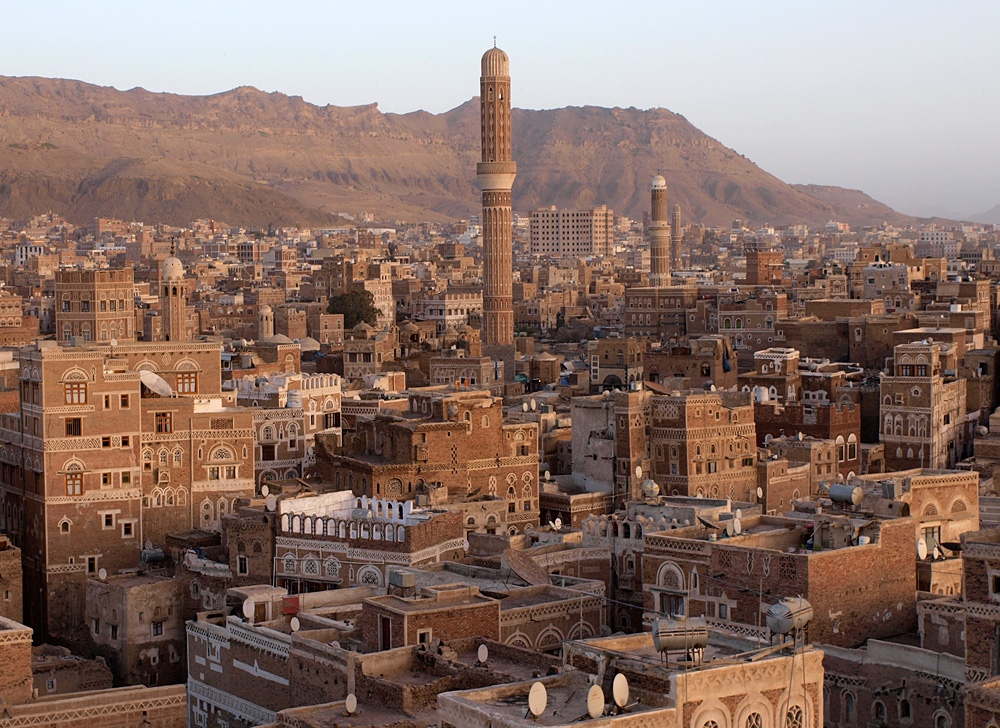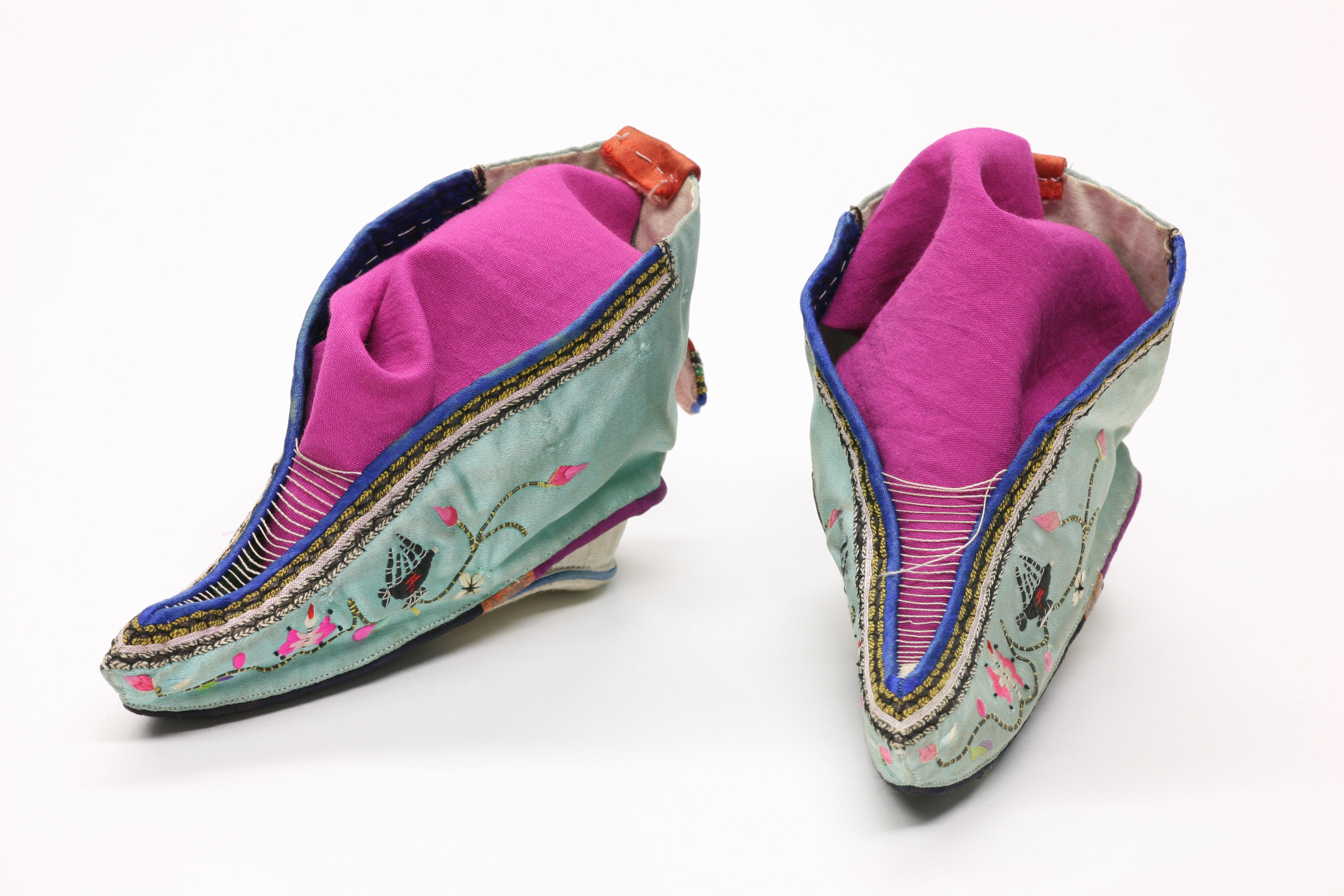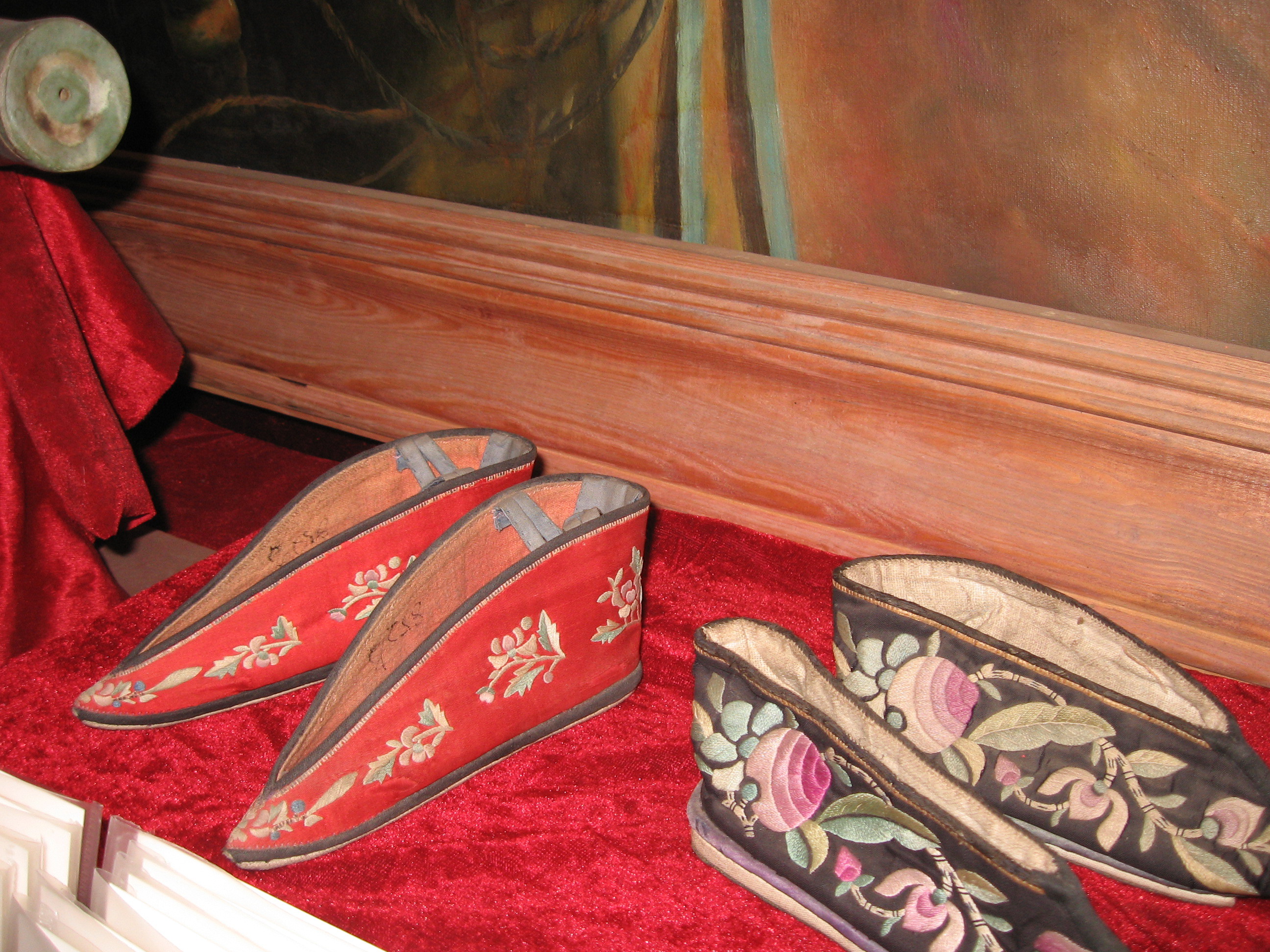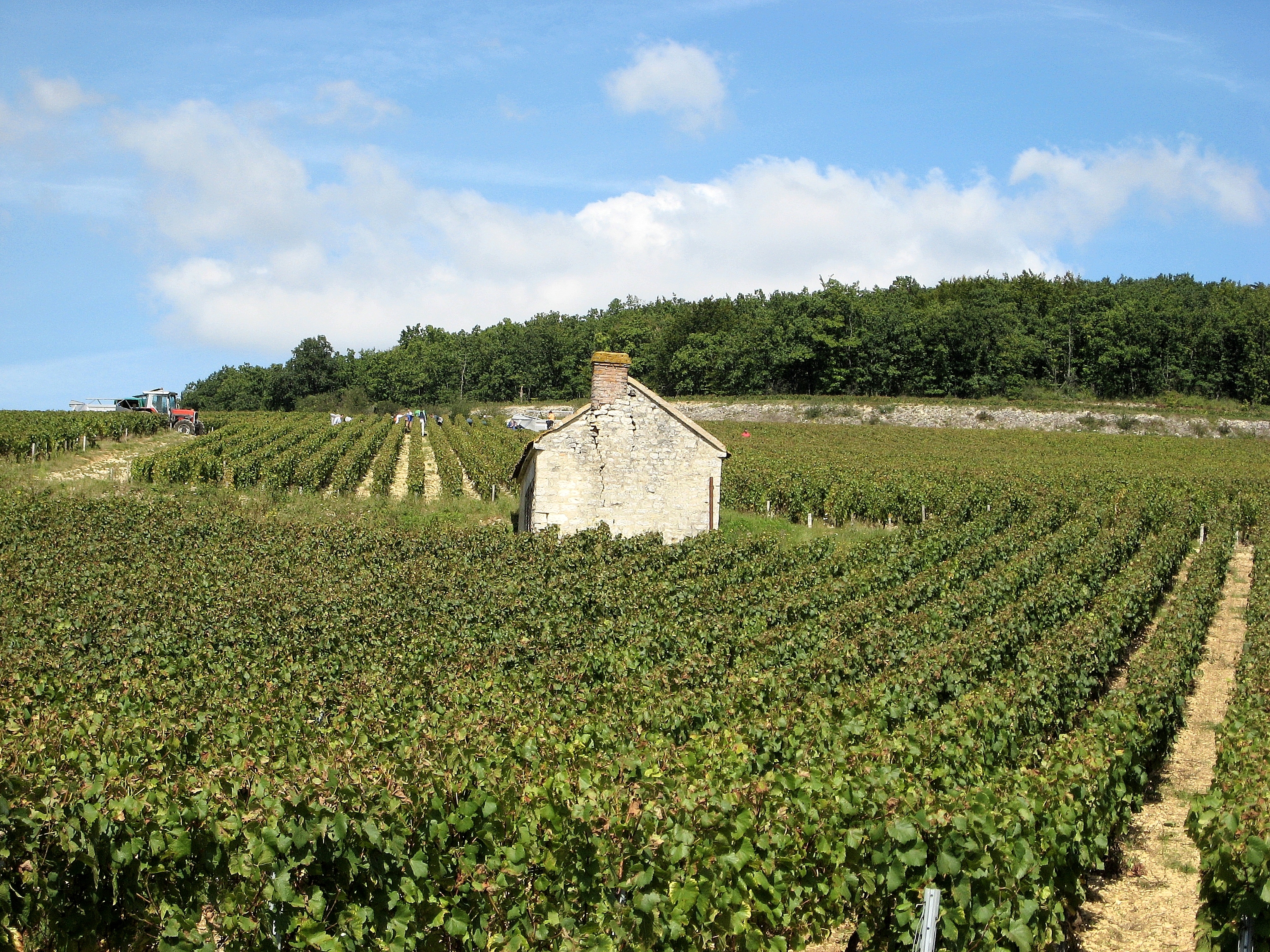Picture of the Day 12/28/13
 |
|
Ghumdan Palace, Yemen http://en.wikipedia.org/wiki/Ghumdan_Palace |
Word of the Day 12/28/13
Word: Lügen
Language: German
Meaning: Lie, fib




_01.jpg)











